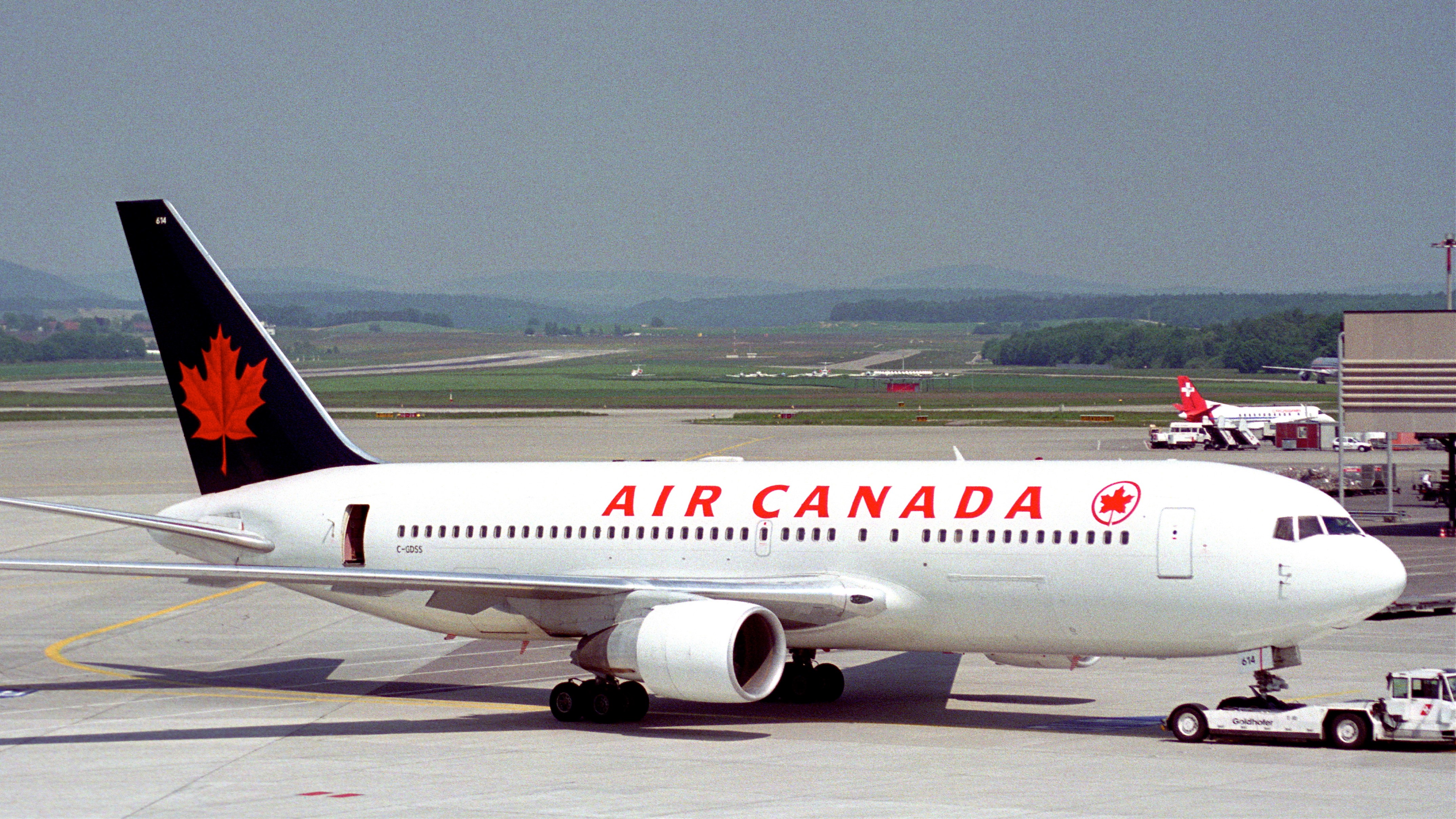Air Canada (TSX:AC)(TSX:AC.B) continues to rally as the airliner continues to surpass expectations, and as the company continues to successfully transform itself into a profitable business throughout the cycles, with a focus on return on invested capital, which now stands at 15%.
The company’s strategy to transform itself has only just begun, with a focus on and investment in fleet modernization, international expansion, network diversification, and the rollout of Rouge.
Coming soon is premium product for the premium customer, which includes lie-flat seats, dining, valet, etc., which will further drive growth for the airliner.
Thus, in the first quarter of 2018, management has indeed checked all the boxes. Their goal of hitting a long-term return on invested capital in the range of 13% to 16% has been checked, and their goal of a leverage ratio of less than 2.2 has also been checked (the leverage ratio this quarter was 2 times).
This strong performance was driven by continued strong demand, with traffic growth of 11.4%.
Given that capacity growth was only 8.6%, the load factor (or capacity utilization) increased to 82.2%, which means higher efficiencies and higher margins.
On the cost side, operating expenses increased 11%, with jet fuel cost increasing 16% to 73.3 cents per litre. Remember that fuel costs make up a significant percentage of Air Canada’s cost structure, at 28% of total expenses this quarter alone.
Management is calling for fuel prices to hold steady around these levels, and as such is calling for second quarter fuel price of 77 cents and a full year 2018 price of 75 cents.
But as far as forecasting the oil price goes, I think it’s fair to say that this is not an easy task.
Going forward, all guidance was maintained, and free cash flow is expected to be in the range of $250 million to $500 million in 2018.
With WestJet Airlines Ltd. (TSX:WJA) recently also reporting another very strong quarter and strong traffic growth in March, as I look at the stock’s year-to-date performance showing that it’s down almost 20% from its highs of last 2017, I’m left asking myself whether the good times for airliners, at least some of them, may be peaking.
Air Canada is not the airliner of the past, however. The company’s renewed focus on returns on invested capital, cash flow, free cash flow, and growing profitably has injected real change at the company, as we’ve witnessed in the results achieved in the last few years.
While investors should remain cognizant that this business is a very cyclical one with big capital requirements, Air Canada continues to do all the right things.
The key risks that remain are the economy, a weakening of consumer confidence, and rising fuel prices.








